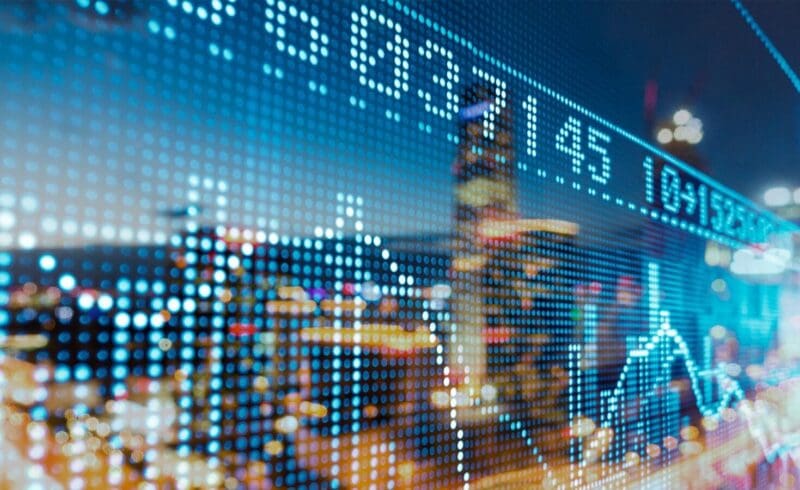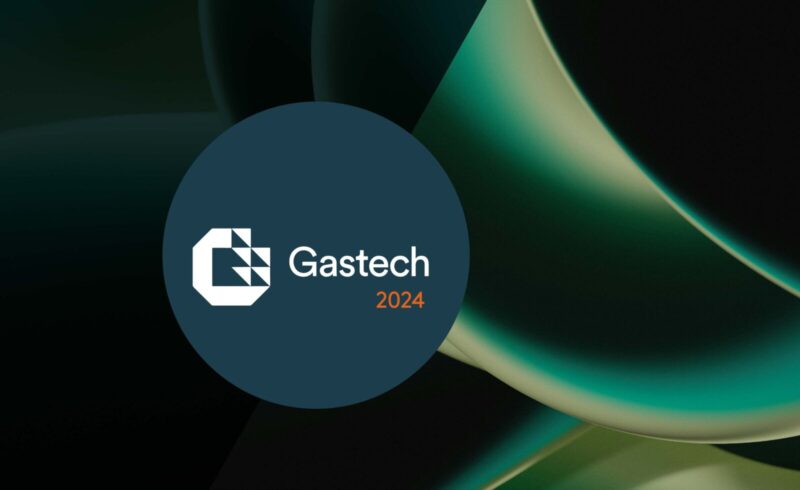Much has been written about the ways in which proprietary quantitative and algorithmic trading in commodities have the potential to increase trading performance.
Quantitative trading and analysis has been shown to improve the risk-adjusted returns across complex financial derivative products, by increasing the speed at which trades can be made using an automated, systematic trading approach.
Humans, of course, remain very important when it comes to commodity trading, considering the physical logistics and nature of commodities. But quantitative trading gives commodity traders the ability to conduct superior research and analysis around supply and demand dynamics and other key fundamentals. That means commodity traders making use of algorithmic input can formulate superior trades than algorithms alone, and suggests all commodity trading firms should be identifying opportunities, rather than threats, from technological advances.
We already see commodity futures markets being transformed by the rise of algorithmic and electronic trading, with a market historically driven by supply and demand frameworks to now being overtaken by algorithms.
The Commodity Futures Trading Commission estimates that algorithmic trading accounted for 74% of orders in 2015, and 68% in 2016.
The demand from merchants and funds for automated trading continues to grow, as the velocity of trading in commodity markets accelerates. Traders are always looking for an edge, and automated trading systems that require no human intervention have proven to be a competitive tool helping some traders advance their positions.
As the willingness to use algorithmic trading strategies and systems expands across the commodity markets, concepts such as machine learning are being used to advance the development of automated trading systems to work even more efficiently.
We see macro global strategy funds developing and adopting automated trading strategies that they currently use in equity markets and transferring them into commodities. That, in turn, is driving an increased flow of institutional funds, including ETFs, into commodity products, and making traditional commodity merchants rethink how they trade in the commodity futures markets.
The principles of automated trading are being applied to highly volatile and active commodity products, such as oil and refined products, gas and power, as well as across energy, metal, agriculture and soft products. In the new age of trading, commodity traders are looking for more liquidity and price discovery in the oil & products and power and gas markets.
And while commodity trading is usually associated with longer-term trading strategies, compared to the more active trading strategies seen in equities and interest rates, with the changing landscape across commodity markets and global political uncertainty, there is a trend towards higher frequency trading in commodity markets.
Many commodity businesses are looking to capitalise on volatile energy prices with a high frequency and algorithmic trading perspective. And technological advances are making commodity and financial institutions reconsider their trading strategies.
There is no doubt that quantitative and algorithmic trading in commodities is here to stay, and has the potential to transform commodity trading. Firms should be conducting fundamental and technical analysis of new forms of commodity product trading, and considering ways to supplement their existing trading strategies with new technology, and developing the talent to stay ahead of the competition.
–
For a discussion about the impact of quantitative and algorithmic trading in commodities on your organisation, please don’t hesitate to get in touch with our expert team.




